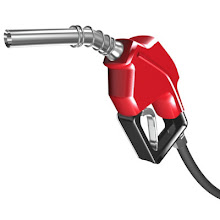The number one Marketing Tool...is the live Conference Call.
If you learn the best way to invite and get as many people on any of these calls, you are well on your way to success. Let the leaders in this company do the explaining for you. They will cover the topics needed to give anyone a pretty good idea if the products are something they NEED and will explain details on the company and the compensation plan. The next day when you call them to see what they think, they will know if they are interested or not. Never pre-judge anyone, if they drive or own a car, they need to know about Bi-Tron.
There are now Bi-Tron conference calls SIX days a week!
Each call will have a unique topic so be sure to dial in regularly with your team and guests!
Monday
7pm PST, 9pm CST, 10pm EST
Hosts: Judy Benjamin, Fred Erickson, Todd Gregg and Special Guest
Tuesday
7pm PST, 9pm CST, 10pm EST
Hosts: Pamela Maxey, James Bucker, Mike Franklin and Lillian Henderson
Wednesday
7pm PST, 9pm CST, 10pm EST
Hosts: D. Michael Rideout and Special Guest
Thursday
7pm PST, 9pm CST, 10pm EST
Hosts: Pamela Fairchild Maxey, James Bucker, Mike Franklin and Lillian Henderson
Saturday9am PST, 11am CST, 12 EST
Host: Pamela Maxey, James Bucker, and Mike Franklin
Sunday6pm PST, 8pm CST, 9pm EST
Host: Judy Benjamin
To listen in dial: 1-212-461-5800 Pin 8988#
"See" you there!
















